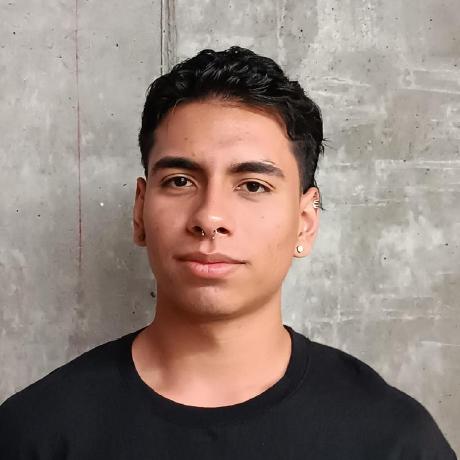Is a service for EAFIT users who have lost their objects in campus. It is called Seeku and it is a web page that will allow users to find their objects and reclaim them from a device connected to the internet. Unlike looking for the object in person at the lost objects place, our service saves time and effort for users to find their lost objects since they can use the web page to find out if their object was found.
Project for the fourth-semester course "Integrating Project I" (ST0251) taught at EAFIT University by prof Paola Vallejo.
Lost and found objects represent a significant issue in universities due to the dynamic and bustling nature of these institutions. With a large and diverse population of students, faculty, staff, and visitors constantly moving within the campus, the likelihood of misplacing or forgetting personal belongings increases substantially. The fast-paced academic environment, coupled with the myriad of activities and events taking place daily, makes it easy for individuals to unintentionally leave behind items in various locations, such as classrooms, libraries, cafeterias, or communal areas.
Given the significant volume of lost and found items, universities must allocate valuable resources to address this issue effectively. Staff members responsible for managing lost and found departments may find themselves overwhelmed by the sheer quantity of items, leading to potential errors and mishandling of possessions, making it even more challenging to reunite them with their owners.
The team proposes the creation of a platform where articles can be searched more easily and comfortably, for example, with a keyword, and in the same way to be able to make claim requests for these articles. In order to have a broader perspective of the impact that this application could have, a brief survey was carried out on students from the EAFIT university, where more than half of the people surveyed stated that they had lost an item at least once and where they also considered approximately 77% said that the implementation of a web page to search for lost objects was convenient, adding to this that 89% justified the idea of the project since they agreed that time could be saved by searching for a lost article from an electronic device.
Follow these instructions to run the program:
-
Clone the project on your machine.
git clone [email protected]:linaballesteros/integrating-project-I.git
-
Go to the project directory (or wherever you stored it).
cd seekuproject/seeku/ -
Install the dependencies/libraries required using
pippip install -r requirements.txt
Note: You need to have Python installed in order to run the program
-
Go to the project directory in your code editor:
cd seekuproject/seeku/ -
Activate your virtual environment if you are using one. If you're not using a virtual environment, you can skip this step.
source venv/bin/activate # For Linux/macOS # or venv\Scripts\activate # For Windows
-
Run the following in your command prompt:
python manage.py makemigrations
python manage.py migrate
-
Run the server with:
python manage.py runserver
- Or go to http://localhost:8000/ in your web browser.
You can navigate through the web application by indicating the specified path:
http://localhost:8000/ -> Home
http://localhost:8000/admin -> Manage Database
http://localhost:8000/search
http://localhost:8000/register
http://localhost:8000/login
http://localhost:8000/claim_request
http://localhost:8000/profile
http://localhost:8000/history
- In order to use the application you need to create an account. Go to the Sign Up module or http://localhost:8000/register to do it.
- Note: Only EAFIT accounts are allowed, an email will be sent to the account in order to verify the user's identity.
- Log in to your account once verified.
- Complete a Claim Request to find the object you want to claim.
- Navigate through the objects and filter them by using the search function after you log in.
- Update your profile info if needed.
- Interact with pages like About Us to know more about the project
This project can be used as a basis for developing new features.
Lina Ballesteros , Juan Esteban García and David Grisales developed the entire program.



Copyright (c) 2023, Lina Sofía Ballesteros Merchan, David Grisales Posada and Juan Esteban García Galvis. All rights reserved.
